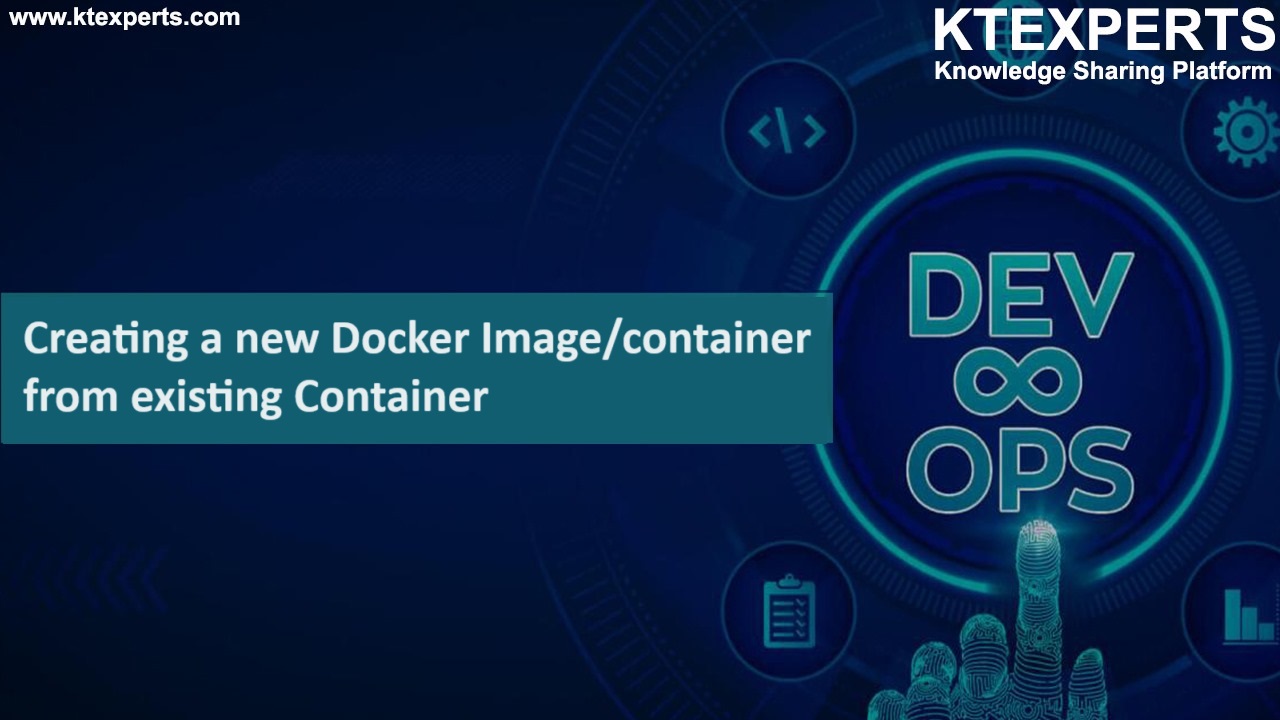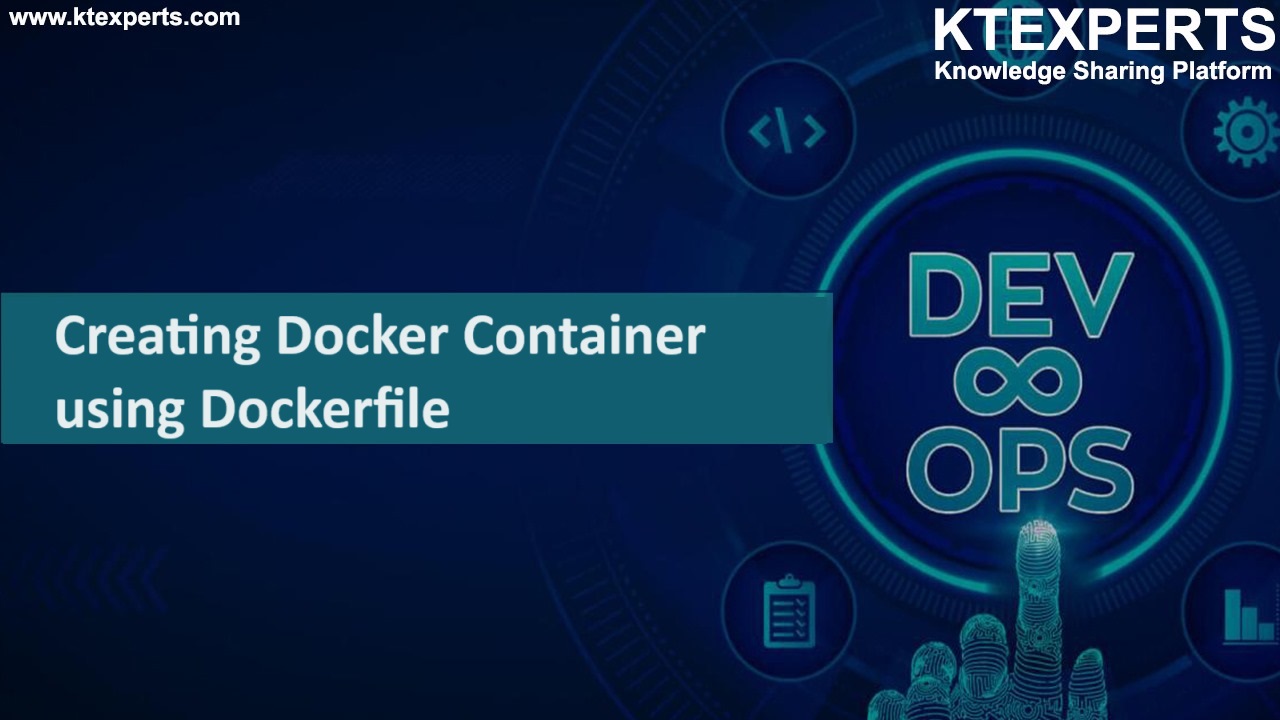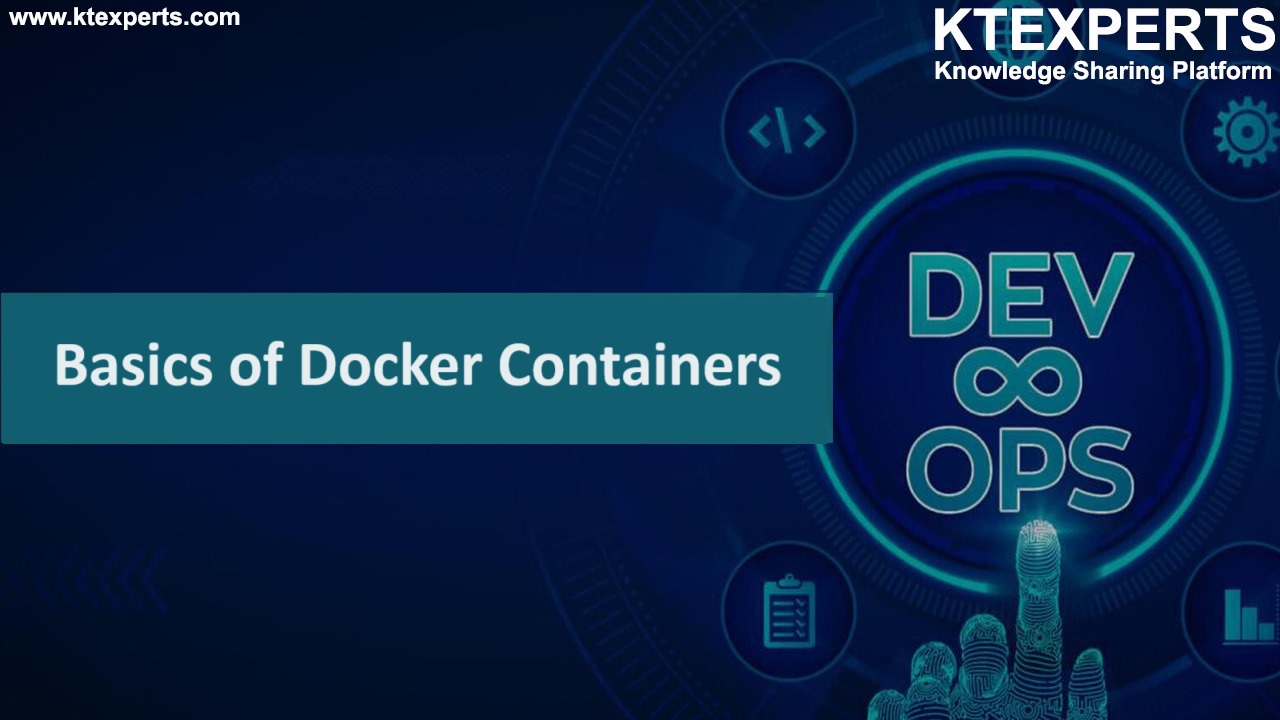Declarative and Scripted pipeline job in Jenkins -PART 1
What is Pipeline in DevOps?
▪️ A pipeline is a collection of jobs that brings the software from version control into the hands of the end users by using automation tools.
▪️ It is a feature used to incorporate continuous delivery in our software development workflow.
▪️ There are various pipeline tools in the market and Jenkins is one among them.
Example: Bamboo, Hudson etc.
What is a Jenkins pipeline?
▪️ They represent multiple Jenkins jobs as one whole workflow in the form of a pipeline.
▪️ What do these pipelines do? These pipelines are a collection of Jenkins jobs which trigger each other in a specified sequence.
Jenkins Pipeline – Core element of Continuous Integration/Continuous Delivery (CICD)

How it works?
▪️ A Jenkins pipeline, every job has some sort of dependency – with at least with one or more events.
▪️ These pipelines are a core element of a CI/CD (Continuous Integration/Continuous Delivery) system.
▪️ These pipelines enable development teams to automate the building, testing, and deployment of their applications.
Types of Pipeline jobs:
There are two types of syntax used for defining your Jenkins pipeline jobs.
👉 Declarative
👉 Scripted
Declarative pipeline – Syntax
👉 Declarative:
The declarative pipeline provides a more structured and simpler syntax for defining pipelines. It is designed to be easy to read and understand, especially for those new to Jenkins and CI/CD concepts.
Scripted pipeline – Syntax
👉 Scripted:
The scripted pipeline uses a more flexible and complex scripting syntax, allowing for advanced customization and conditional logic. It provides more control and is suitable for complex build processes.

Pipeline Syntax differences –Declarative vs Scripted
Pipeline syntax differences
▪️ Declarative pipelines always begin with the word pipeline.
▪️ Scripted pipelines, on the other hand, always begin with the word node.
▪️ Declarative pipelines break down stages into individual stages that can contain multiple steps.
▪️ Scripted pipelines use Groovy code and references to the Jenkins pipeline DSL within the stage elements without the need for steps.
▪️ These are the key differences that allow a developer to quickly differentiate between a scripted pipeline and a declarative pipeline.
 Jenkins Pipeline Job (code) Concepts
Jenkins Pipeline Job (code) Concepts
Pipeline concepts
Pipeline
▪️ This is a user defined block which contains all the processes such as build, test, deploy, etc.
▪️ It is a collection of all the stages in a Jenkins file.
▪️ All the stages and steps are defined within this block.
▪️ It is the key block for a declarative pipeline syntax.
Node
▪️ A node is a machine that executes an entire workflow.
▪️ It is a key part of the scripted pipeline syntax.
▪️ There are various mandatory sections which are common to both the declarative and scripted pipelines, such as stages, agent and steps that must be defined within the pipeline.
Agent
▪️ An agent is a directive that can run multiple builds with only one instance of Jenkins.
▪️ This feature helps to distribute the workload to different agents and execute several projects within a single Jenkins instance.
▪️ It instructs Jenkins to allocate an executor for the builds.
▪️ A single agent can be specified for an entire pipeline or specific agents can be allotted to execute each stage within a pipeline. Few of the parameters used with agents are:
Any: Runs the pipeline/ stage on any available agent.
None: This parameter is applied at the root of the pipeline, and it indicates that there is no global agent for the entire pipeline. And each stage must specify its own agent.
Label: Executes the pipeline/stage on the labelled agent.
Docker: This parameter uses docker container as an execution environment for the pipeline or a specific stage.
Stages
▪️ This block contains all the work that needs to be carried out.
▪️ The work is specified in the form of stages.
▪️ There can be more than one stage within this directive.
▪️ Each stage performs a specific task.
Steps
▪️ A series of steps can be defined within a stage block.
▪️ These steps are carried out in sequence to execute a stage.
▪️ There must be at least one step within a steps directive.
Stage Section in Jenkins Pipeline Build
The “stage” section is required to segregate the work category as listed inline:
A specified pipeline will consist of several steps that can be grouped in several stages. For example:
Stage 1 |
Pull code from repository. |
Pull Code Check-in |
Stage 2 |
Build your project and artifacts. |
Build Project/Artifacts of Project |
Stage 3 |
Deploy your application. |
Deploy from centralized repo to specified environment. |
Stage 4 |
Perform functional tests. |
QA performance will happen. |
Stage 5 |
Perform performance tests. |
(UI and performance can test. |
Where to write or place/run the pipeline code?
We can define or write pipeline code (Scripted and Declarative) either in
👉 In the web UI (Jenkins UI)
👉 In Jenkins file (in Repo)
Creating a Declarative Pipeline job (code in Jenkins web UI):
Checking the Master and Slave node availability
👉 Create the pipeline job and run from the Slave node (Agent node)
Check the Label for the Agent node.


Configure the Jenkins job for declarative pipeline ->
Build the Job ->
Check the Job output->
👉 Create the declarative pipeline and run from the Master (Built-in node)
Check the Label for the master node.
Configure the Jenkins job for declarative pipeline ->
Build the Job ->
Check the Job output->
To Be Continued in PART-2
👉 👉 👉 👉 👉 Please check the below link for PART-2 👈 👈 👈 👈 👈
🔗https://www.ktexperts.com/declarative-and-scripted-pipeline-job-in-jenkins-part-2/
Author : Venkat Vinod Kumar Siram
LinkedIn : https://www.linkedin.com/in/vinodsiram/
Assisted by Shanmugavel
Thank you for giving your valuable time to read the above information. Please click here to subscribe for further updates.
KTExperts is always active on social media platforms.
Facebook : https://www.facebook.com/ktexperts
LinkedIn : https://www.linkedin.com/company/ktexperts/
Twitter : https://twitter.com/ktexpertsadmin
YouTube : https://www.youtube.com/c/ktexperts
Instagram : https://www.instagram.com/knowledgesharingplatform
Note: Please test scripts in Non Prod before trying in Production.






















